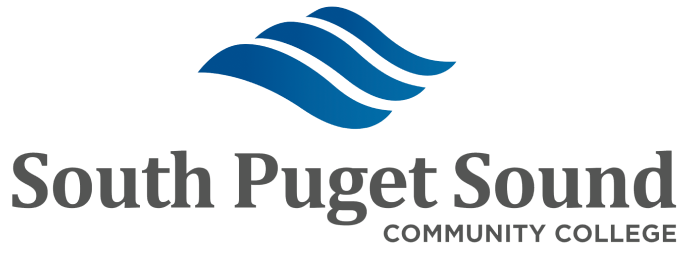As a response to HB 2112 requiring higher education institutions to provide opioid and fentanyl prevention education and awareness, SPSCC has prepared this page focused on opioid education and awareness.
SPSCC's Opioid Response Plan
SPSCC is in compliance with the Department of Health's standing order to administer opioid overdose medication to individuals on campus who are experiencing an opioid overdose.
SPSCC will make available educational and awareness resources, as well as naloxone and fentanyl test strips. These will be available across campus for SPSCC students, staff, and faculty.
Education & Awareness Materials
StopOverdose.org is a project of the Center for Community-Engaged Drug Education, Epidemiology, and Research at the University of Washington Addictions, Drug & Alcohol Institute.
In WA State, anyone trying to help in a medical emergency is generally protected from civil liabilities. That means that if you get medical help for an overdose or alcohol poisoning, you and the victim cannot be charged for drug use, possession, or underage drinking. Learn more about the Good Samaritan Law.
Signs of an Opioid Overdose
According to StopOverdose.org, there are several signs of opioid overdose:
- Won't wake up. Try rubbing your knuckles hard on their sternum.
- Slow or no breathing.
- Pale, ashy, cool skin.
- Blue or grey lips or fingernails.
Help During an Overdose
To seek help for a suspected opioid overdose, call 911 immediately. Please also contact Campus Safety at 360-596-5299 after ending your call with 911.
Naloxone & Fentanyl Test Strip Locations
SPSCC has available naloxone and fentanyl test strips hung on wall cabinets across campus locations:
| Building | Location Description |
|---|---|
| Bldg. 16 | Lobby by vending machines |
| Bldg. 21 | Theatre lobby beside AED |
| Bldg. 23 | First floor by vending machines |
| Bldg. 25 | Lobby beside AED |
| Bldg. 27 | Second floor restroom hallway |
| Bldg. 28 | Entry hallway near bulletin board |
| Bldg. 31 | Check-in area beside AED |
| Bldg. 34 | Near vending machines |
| Bldg. 35 | Second floor between restrooms |
| Lacey 1 | Near vending machines |
| Lacey 3 | Lobby beside large TV monitor |
| Bowen Center | First floor lobby under signage |
| Craft Brewing & Distilling Center | Second floor hallway near classrooms |
